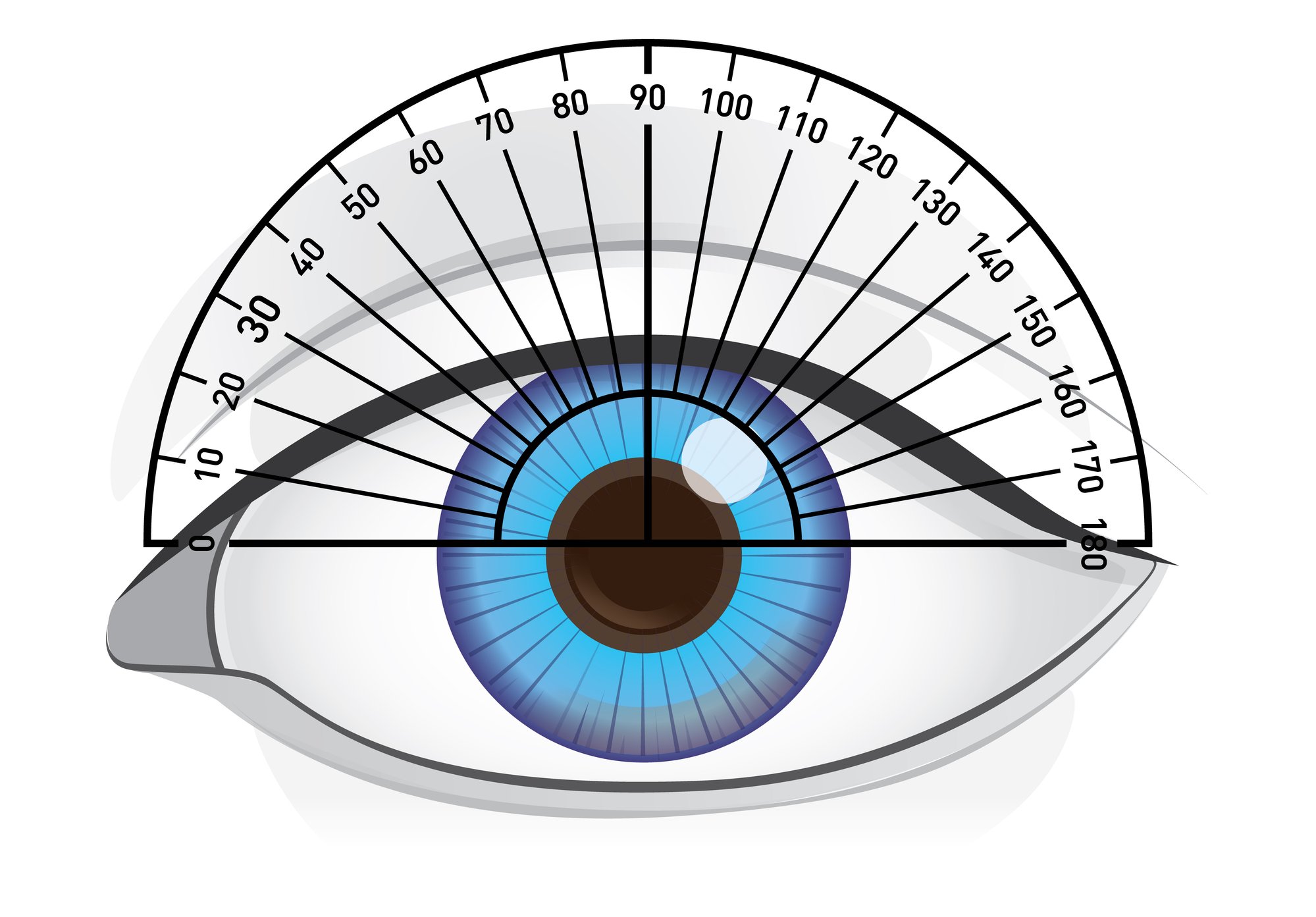Updated on May 6, 2025
What Does Axis Mean for Glasses Prescriptions?


Vision Center is funded by our readers. We may earn commissions if you purchase something via one of our links.
What Does Axis Mean for Glasses Prescription?
Eye doctors examine eyes to diagnose vision problems and refractive errors. One aspect that eye doctors consider is the eye axis.
The axis indicates the position of astigmatism in the eyes. It doesn't indicate the strength of an eyeglass prescription.
The axis is the lens meridian that does not contain cylinder power. It's defined by a number between 1 and 180 degrees.
- The number 90 represents the eye’s vertical meridian
- The number 180 represents the horizontal meridian

Cylindrical Power in Astigmatism
When an eyeglass prescription has cylindrical power (CYL value), the axis value directs where to place the power in the lenses. This allows people with astigmatism to see better.
In eyeglass prescriptions, optometrists will note both the cylinder power and axis. The cylinder power is the strength of astigmatism correction needed. If the axis is 180 degrees, you may see it noted as x180.
Cylindrical power and axis work in tandem. The axis denotes the orientation, while the cylindrical power indicates the amount of correction needed.
Sphere Value Vs. CYL
The sphere value of a prescription works differently than the CYL since it measures nearsightedness or farsightedness. Sphere values indicate the amount of correction needed for either condition.
The sphere value doesn't require an axis to indicate its placement in the lenses. Eye doctors will note this power separately in an eyeglass prescription.
Where to Buy Glasses + Contacts
Best Overall: Warby Parker
Fastest Delivery: EyeBuyDirect
Also Great: Liingo
Best Place to Buy Contacts: Discount Contacts
What is a “Normal” Eye Axis?
Those with a “normal” eye axis will not see CYL values in their eyeglass prescriptions. This is because these people don't have astigmatism.
People with a normal eye axis have strong and clear vision. The light falls at the right place on their retina.
More Reading
Summary
Axis refers to the position of astigmatism in the eyes. The cylinder power (CYL value) is the lens power for astigmatism. If you don't have CYL values listed in your prescription, then you don't have astigmatism. Your eye doctor can determine these numbers during an eye check-up.
In this article
5 sources cited
Updated on May 6, 2025
Updated on May 6, 2025
About Our Contributors
Veronika, with seven years of writing experience, is a content writer at Vision Center. She collaborates with editors and medical experts to produce credible, easily digestible articles on vision and eye health. Her belief in making medical and scientific information accessible helps people make informed, unbiased decisions about their eye care.
Dr. Melody Huang is an optometrist and freelance health writer with a passion for educating people about eye health. With her unique blend of clinical expertise and writing skills, Dr. Huang seeks to guide individuals towards healthier and happier lives. Her interests extend to Eastern medicine and integrative healthcare approaches. Outside of work, she enjoys exploring new skincare products, experimenting with food recipes, and spending time with her adopted cats.






